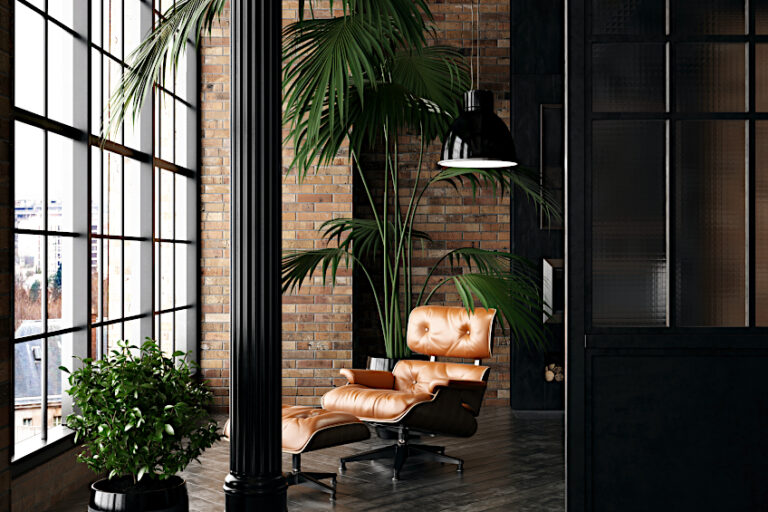Couch Dimensions – Sofa Sizing 101
This post may contain affiliate links. We may earn a small commission from purchases made through them, at no additional cost to you.
Welcome to the world of interior design, where couch dimensions reign supreme in the realm of comfort and style! Picture this: you walk into a room, and there it sits, the centerpiece of relaxation and conversation—the couch. But before you dive into a sea of throw pillows and plush blankets, it’s essential to understand the dimensions that make your sofa truly shine. From compact loveseats perfect for cozy apartments to sprawling sectionals fit for epic movie marathons, let’s explore how the size of your couch can transform your space into a haven of relaxation and flair. Join us on a journey where size truly does matter, and where the dimensions of your couch become the cornerstone of your design dreams!
Key Takeaways
- Selecting a couch that fits well depends on understanding standard sofa dimensions.
- Measuring your space prior to purchase ensures the sofa suits your room’s scale.
- Material quality and comfort are as important as size when choosing a couch.
Understanding Couch Dimensions
Choosing the right couch involves understanding its dimensions and how they correlate to the size of your living room, personal comfort preferences, and the functionality desired, particularly with variations like sleeper sofas and sectionals.

Standard Sofa Sizes
The size of sofas can greatly influence the look and feel of a living room. Standard sofa sizes typically range from 70 inches to 96 inches in length for a three-seat sofa, with the most common length being 84 inches. Loveseats, which are designed for two people, often measure about 52 inches in length.
It’s important to note that these are average couch dimensions and can vary between styles.
Measuring for Your Space
To ensure a sofa fits comfortably in your living room, measure your space carefully. The room size will often dictate the maximum sofa dimensions that can be accommodated. Leave clearance around the sofa for walking and avoid obstructing doorways or windows. Additionally, account for the sofa’s width and depth—standard ranges are 30 to 40 inches deep and 30 to 42 inches high.

Sofa Design Variations
Sofa styles can dramatically affect dimensions. A modern sleek design might feature minimalist lines and a lower seat height, while a traditional sofa could have substantial sofa arms and a higher sofa back. Modular sofas and sectional sofas offer flexibility in size and arrangement, often expanding to fit larger spaces, with corner units adding extra seating.
Sleeper sofas have unique dimensions when the bed is extended, with a typical queen size mattress measuring 92 inches wide.
Selecting the Right Height and Depth
The average height of a sofa’s seat should be around 17 to 18 inches, which suits the majority of users. Seat depth is equally crucial for comfort, with a standard range between 21 to 24 inches providing ample space to sit back. The sofa back height typically ranges from 30 to 36 inches, and it is important to consider the sofa arm height as well, which directly affects the overall comfort.
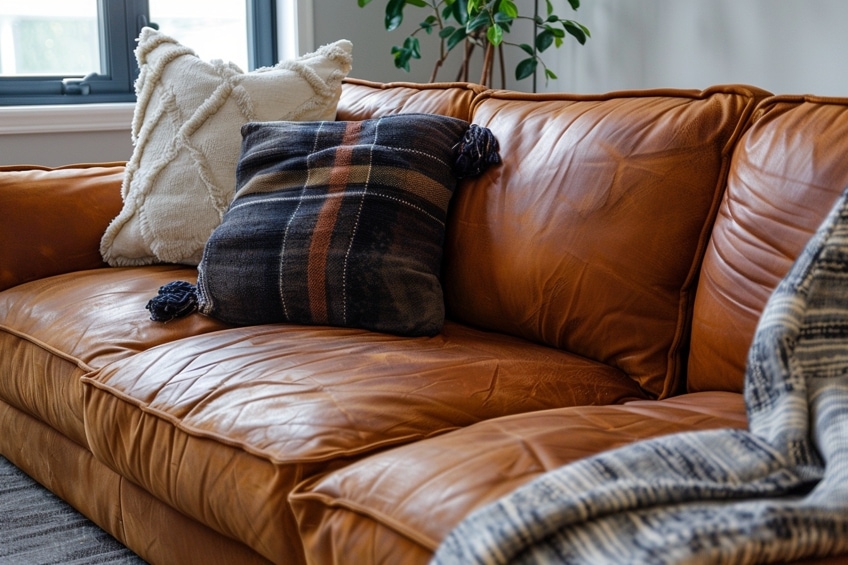
Material and Comfort Considerations
The materials chosen for a couch directly influence its durability and comfort, while features such as seat depth and design enhancements play crucial roles in posture support and overall satisfaction.
Material Choices
Materials in couch construction range from leather to various fabrics and wooden frameworks. Leather, regarded for its durability and ease of cleaning, offers a premium look and ages well, becoming more comfortable over time. Fabrics provide endless stylistic options, from plush velvets to rugged synthetics, each bringing its unique comfort level and wear resistance.
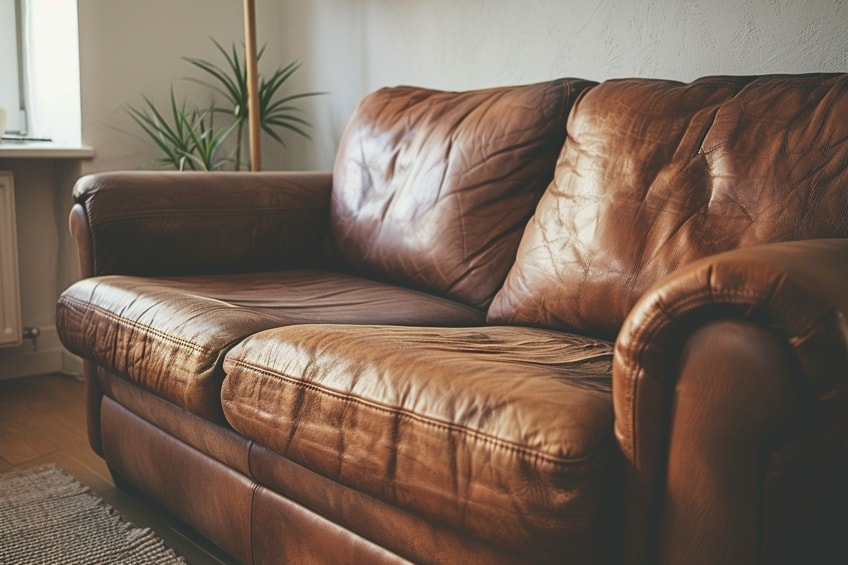
Comfort and Posture
Comfort in couch design involves more than the softness of the material. The ideal seat depth and support systems affect posture—deep seats may suit taller individuals, while shallower ones may be better for shorter users. Ergonomic design in loveseats, couches, and sectionals is essential for maintaining good posture.
Additionally, features like recliners and modular sofas can offer additional posture support and comfort customization.
Additional Features
Sleeper sofas combine functionality with comfort, incorporating mattresses into the design for dual-purpose furnishings. Customization options in couches allow buyers to choose not only materials but also specific features like built-in storage or adjustable components. Other add-ons like stain-resistant coatings or built-in USB ports contribute to the piece’s utility and appeal.
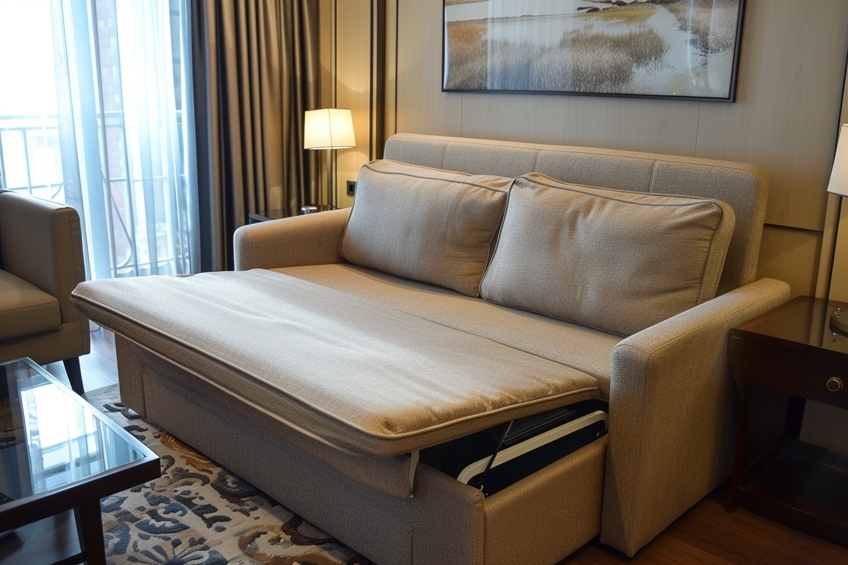
How to Measure Your Space for a Sofa
Before selecting a sofa, it is essential to ensure it fits both the desired spot in your room and through any doors or passageways. Precise measurements prevent potential issues with furniture fitting upon delivery.
Measure Entries and Passageways
One should first note the dimensions of all entry points in the home. This includes doorways, hallways, and staircases that the sofa will need to pass through upon delivery. Record the height and width of each, and consider any turns or narrow spots that may pose a challenge.
- Doorway width and height: Measure from the inside of the door frame.
- Hallways: Note the width and check for any potential obstructions.
- Staircase width and height: Include measurements for any landings.

Measure Your Room Dimensions
Next, measure the room where the sofa will be placed. Determine the maximum length and width available for the sofa, keeping in mind the room’s layout and necessary walkways. Record these measurements to help guide you in selecting a sofa of appropriate size.
- Room length and width: Space available for sofa placement.
- Walking space: Ensure there is enough room to move around the sofa.
- Other furnishings: Consider the space taken by other items in the room.
Measure Your Sofa
Finally, measure the sofa in question. Record the sofa’s width, depth, and height. Also measure the diagonal depth, which can be vital for passing through narrow doorways or hallways.
- Sofa width: Distance between outer edges of the armrests.
- Sofa depth: Front of the sofa to the backrest.
- Sofa height: Bottom to the highest point of the sofa.
- Diagonal depth: From the bottom front corner to the top back corner.
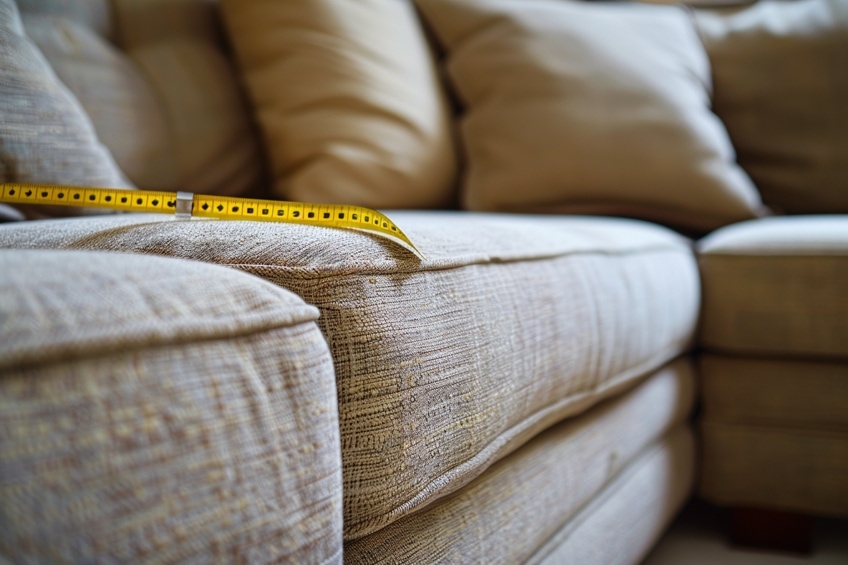
In the world of interior design, couch dimensions play a starring role, offering both form and function to our living spaces. Whether you’re lounging solo with a good book or hosting a rowdy movie night with friends, the right couch size can make all the difference. So, as you embark on your quest for the perfect sofa, remember: measure twice, buy once, and let your living room become the stage for unforgettable moments of comfort and style!
Frequently Asked Questions
What Are the Typical Dimensions for an L-Shaped Sofa?
The typical L-shaped sofa varies widely in size, but standard dimensions include a range of 78 to 110 inches for each section. The depth of these sofas usually falls between 37 to 40 inches, with the height around 32 to 36 inches, providing ample space for seating and lounging.
How Do You Measure a Sectional Couch for Proper Sizing?
To measure a sectional couch, one must consider width, height, and depth. Measure the length of all sections along the back and the depth from the front edge to the back. For L-shaped sectionals, include the measurement of the chaise or extended section. Always allow for some extra space around the sectional for ease of movement.
What Is the Standard Size Range for a 3-Seater Sofa?
A 3 seater sofa typically measures between 72 and 96 inches in width, with a common depth of 32 to 40 inches, and height ranging from 28 to 38 inches. This standard size comfortably seats three adults and is an important consideration for balanced room proportions and practical seating arrangements.





